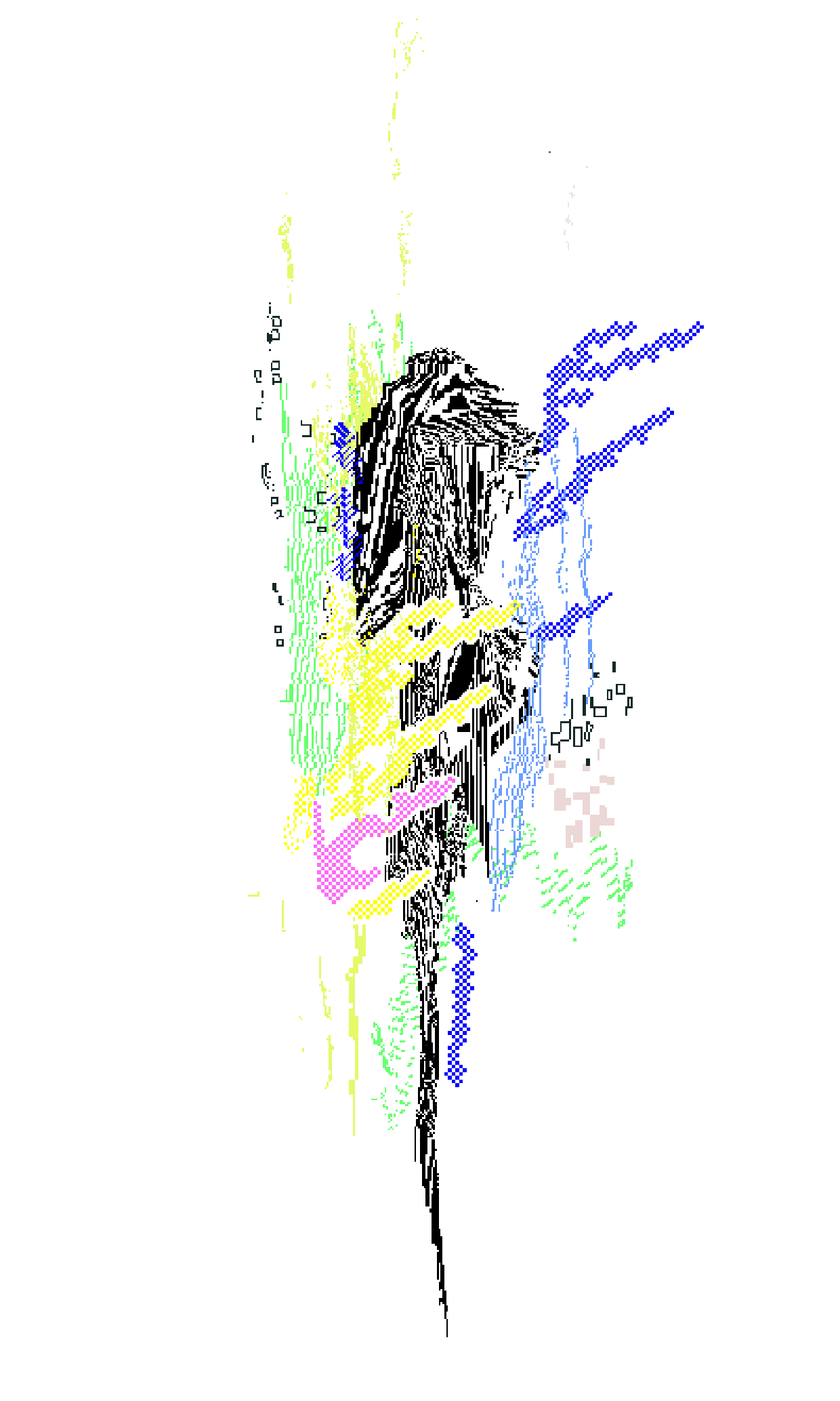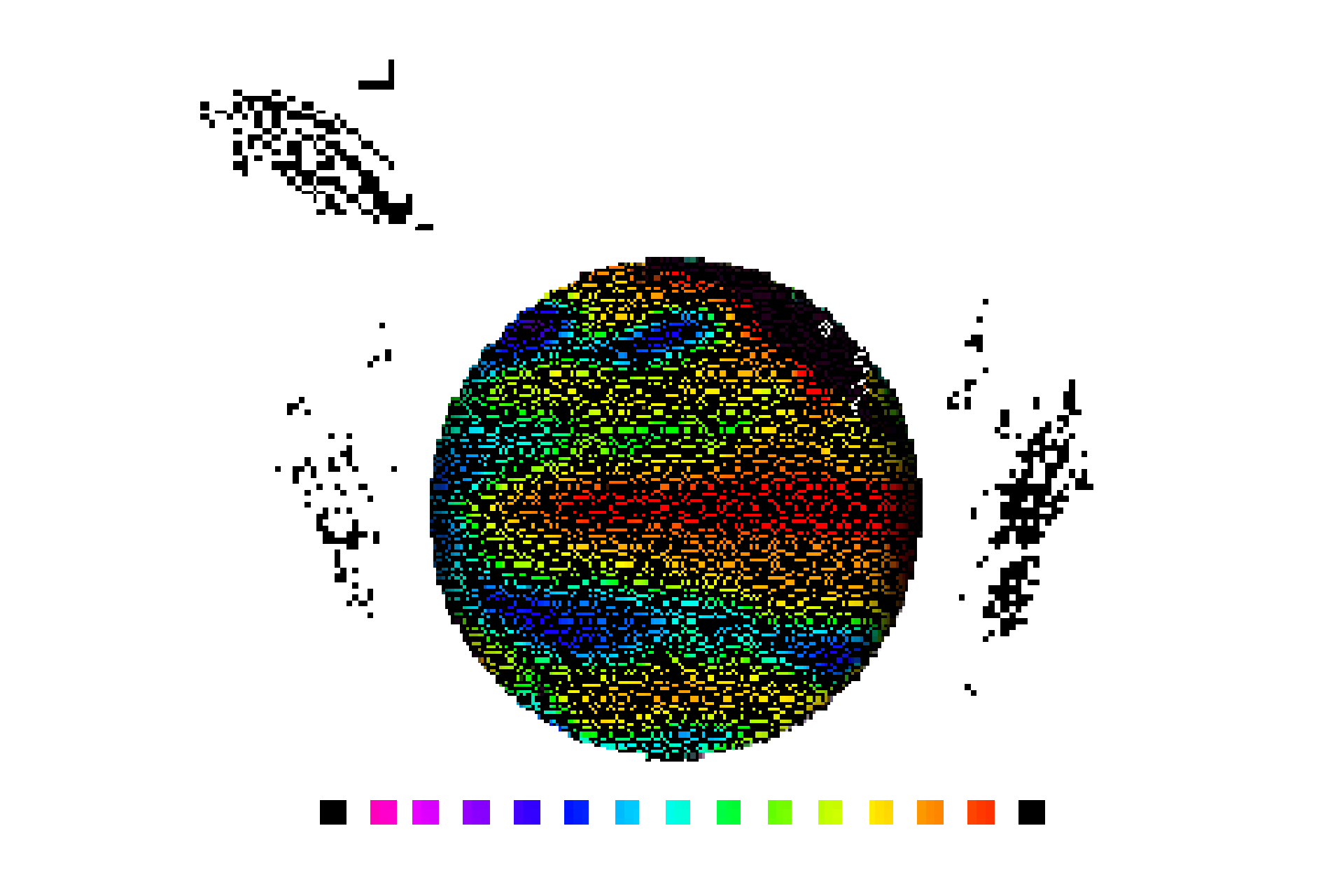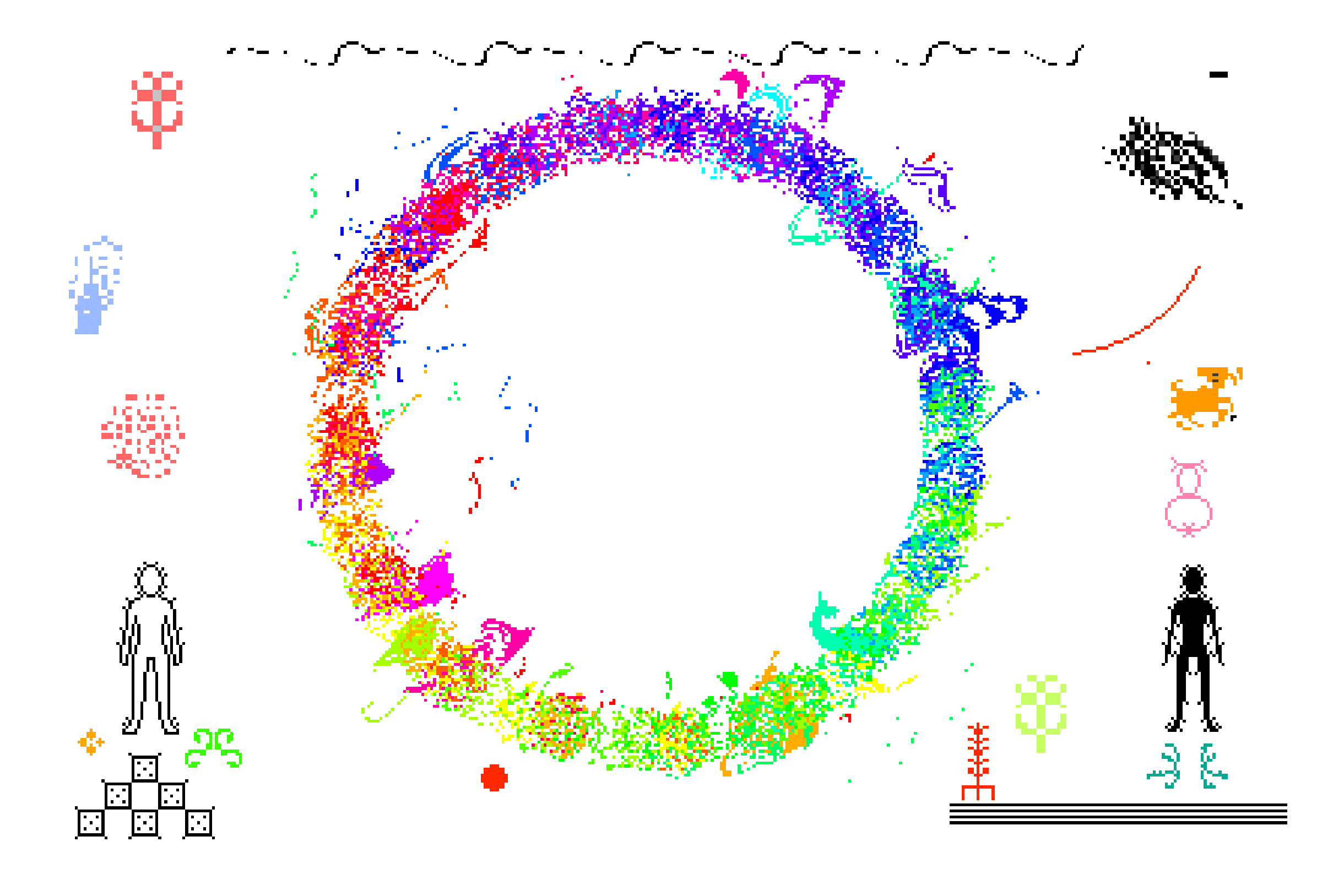The Dirt Issue
Peat In Heat
Inside Indonesia's Fight to Save Its Most Important Soil
6/15/2020
Satellites, remote sensing, and global collaborations are paving the path towards peatland restoration

Scientists started raising alarm bells in early 2015. The signs were clear––the world was in for a large-scale El Niño event, as warm water began to settle in the central and east-central Pacific Ocean. For Southeast Asia and many equatorial regions, an El Niño could only mean one thing: Dry conditions and an increased likelihood of fires. Indonesia, in particular, was a country of high concern, home to the third-most tropical forests by area of any country in the world, and subsequently host to widespread deforestation and land drainage due to the expansion of agribusiness over the last three decades, most notably paper pulp and oil palm plantations.
By August of 2015, hotspots––locations where the conditions for fire were ripe––started appearing throughout the islands of Sumatra and Borneo. Soon, fires were burning and a thick haze smothered the region. It was, at the time, a widely covered climate and public health disaster, costing the Indonesian economy more than $16 billion. Hundreds of millions of people across several countries were impacted by deadly haze, and all told, the fires alone emitted as much carbon dioxide into the atmosphere as Germany does in an entire year.
As the fires subsided, we knew how much forest had burned: more than 2.6 million hectares6.4 million acres, according to the World Resources Institute. But while the deforestation was certainly a disaster, the main source of haze and greenhouse gas emissions did not come from the trees that caught fire, but something quite often invisible––and something scientists across Indonesia are now working hard to restore: peat. Often referred to as one of the world's most important ecosystems, it's also one that's rapidly disappearing in bogs across the planet.
And when peat burns, Southeast Asia chokes. Peat refers to the high-carbon material that accumulated in peatlands. It forms in areas where saturated soils or frequent flooding prevent organic material from fully decomposing. Peat acts like a sponge, holding up to 13 times its weight in water. Deposits accumulate over thousands of years and can be up to 20 meters65 feet deep.
Particularly in tropical regions, peat can store carbon, and lots of it. According to the Global Peatlands Initiative, it is estimated that more than 550 gigatonnes of carbon, representing 42 percent of all soil carbon on the planet, can be found in peatlands that cover less than five percent of land surface area. Because they are naturally wet, they decompose slowly, keeping carbon dioxide from entering the atmosphere.
While Indonesia's peatlands store more carbon than anywhere else in the world, they have been severely degraded. According to the non-profit environmental news site Mongabay, only 49 percent of Indonesia’s historic peat swamp remains forested, and of that, less than 10 percent is considered pristine, the rest having been selectively logged, partially drained or otherwise degraded. And once peat is dried or degraded due to development, it can rapidly decompose.

Protecting peatlands is crucial to meeting global climate goals, and for that, no place is more crucial than Indonesia. However, to restore and protect peatlands after the 2015 fires, the country needed better data.
“There's been huge conversion of peat swamp forest to plantation agriculture,” said Christopher Evans, a researcher at the United Kingdom-based Centre for Ecology & Hydrology, who has spent more than a decade researching peatlands. “We know that what causes peatlands to decompose and emit carbon dioxide to the atmosphere is that they’re being dried out.”
Once it's dry, peat can burn. And when it burns, it's difficult to stop. It's also especially dangerous to human health — besides carbon, peat contains a high concentration of carcinogenic particulates, including fine particles (PM 2.5) that, when inhaled, damage respiratory systems. Worldwide, long-term PM 2.5 exposure is believed to contribute to millions of deaths each year.
In the aftermath of the Indonesia fires, there were no immediate figures for how much the country's peatland had been destroyed. In fact, Indonesia did not even know where all of its peatlands were. The country had never done the groundwork to map, measure and monitor its peatlands.
One big reason is cost. “Measuring the carbon dioxide emission is very expensive. Measuring the moisture within the peat is also really difficult," explained Evans. "If no one's quite sure what's going on because there aren't good measurements, then there's a lot more scope to argue about stuff.”
Since the 2015 fires, there has been a global effort to better understand peat and its role in the global carbon cycle with technology like remote sensing, LIDAR and simple connected cameras playing a key role.

Research to map and restore Indonesia's peatlands started in the immediate aftermath of the fires, when Indonesia's President Joko Widodo announced the creation of an official Peatland Restoration Agency (PRA). Its mission was to restore millions of hectares of degraded peatlands. To do that, however, it would need to accomplish two tasks. First up: locating where peatlands were, which ones were degraded and how deep they went.
In 2016, the World Resources Institute (WRI), and Indonesia’s Geospatial Information Agency, with support from the David and Lucile Packard Foundation, decided that a competition would be the best way to bring technological solutions to scale. Soon after, they announced the launch of a national Peat Prize, with the goal of developing a more accurate and faster way of mapping the extent and depth of Indonesia's peatlands. In 2018, a winner was announced — a team of scientists from Indonesia, Germany, and the Netherlands that combined satellite-based technologies with airborne high-resolution LIDAR mapping. Quickly, they began working with the PRA.
“The winner is currently helping the agency to coordinate peat restoration in Indonesia, applying the method to map the peatlands in more than 20 peat hydrological units,” said Hidayah Hamzah, a research analyst at WRI Indonesia, and project manager for the Peat Prize. So far, the integrated technology has allowed for the creation of maps with more than 10 times the detail of existing maps. The plan moving forward, according to Hidayah, is to expand the mapping to other regions this year.

The second challenge for researchers was measuring the water level in peatlands. When peat dries, it begins to emit carbon into the atmosphere, and also becomes more susceptible to burning. But the only way to determine this, until recently, was to visit and take measurements directly––a time and labor intensive process that was unfeasible for the country.
To tackle this, WRI has been working with the Centre for Ecology and Hydrology over the past year to figure out how remote sensing technology could play a role.
“It is very difficult to measure everything on the ground everywhere,” said Chris Evans, our forementioned peat expert. “So, if you can do it from satellites, you can really understand how the system operates at large scales.”
Today, the 2.2 million GBP (2.8 million USD) project utilizes the European Space Agency’s monitoring satellites, which are able to measure the small changes in surface elevation that occur when peat loses or gains moisture. Satellite data is used in conjunction with a network of time-lapse cameras––each placed on a small platform that “floats” with the peat. At regular intervals, every device takes photos of a nearby pole fixed to the solid ground below. This enables researchers to measure how the peat surface is moving, from which they can also estimate water levels and greenhouse gas emissions.
“The idea is we can get this really high-resolution technique that will tell us whether or not the peatland is in good condition,” Evans explained. “The reason for putting out these cameras was to really get those measurements on the ground, to establish whether or not the satellite technique works.”
So far, the project is showing promising results, and Evans hopes this can provide an additional tool for governments and NGOs to monitor peatlands. But the scientist also recognizes that any solution will require working with local communities. Indonesia is the world’s fourth-most populous country, with 260 million people, many of whom live on or near peatlands. Ignoring the role of communities is one reason that peatlands got so degraded in the first place.
“There are perhaps millions of people living on peatlands at the moment,” said Evans. “The real uncertainty is whether there are ways of managing these landscapes that can keep them wet, protect them for the long term, and also can support the people that live there. So, it's not just a science problem.”

Dyah Puspitaloka, a researcher at the Center for International Forestry Research, based in Bogor, Indonesia, focused on this during her field research in Borneo looking at peatlands restoration projects. She too saw that practitioners were facing challenges in how to include community needs in their work, which in some places, limited their effectiveness.
“The need to incorporate human dimensions have been advocated before," said Dyah, "but despite the growing recognition of this, the concept is yet to be redefined.”
While a significant percentage of land clearing and draining is done by agribusiness, local communities also clear peat to grow crops like rice, cassava and maize. They are also at the frontlines of haze and fires. Researchers warn that ignoring their impact on peatlands, and their potential to play a role in restoration, would be a big mistake.
“Technology is not a solution in itself but it is a tool that can help us in specific areas,” said Mark Harrison, research director at Borneo Nature Foundation International. “The main challenges going forward will be to integrate the ecological understanding with improving our understanding of the more human elements of conservation.”
So how effective have Indonesia’s efforts been so far? In 2019 came the first real test. Another El Niño event came and brought with it dry conditions that once again increased Indonesia's fire risk. If the efforts of the PRA and other entities were successful, there should, in theory, be markedly fewer fires this year than in 2015, particularly in areas where work has been undertaken.
According to the PRA, there was no indication of fires at 65 percent of village restoration sites, and the extent of the fires that did occur was significantly less than in 2015. Still, over a million hectares burned this year, and haze still sickened millions. There remains much to be done. Fixing decades of mismanagement and scientific neglect will take time.
One thing that has changed, and will help, is that now there exists both consensus on and solutions for the problem. That's all thanks to better data and knowledge, driven by technology.
“In the last 10 several years, there has been a lot more investment in really top-end science within Indonesia and Malaysia,” said Evans. “We’ve gone from a position of having very little knowledge and quite a lot of disputes to having a lot more knowledge, and as that happens people have to agree because the facts are there.”

Nithin Coca is an Asia-focused freelance journalist who covers climate, environment, and supply chains across the region. He has been awarded fellowships from the Solutions Journalism Network, The Pulitzer Center, and the International Center for Journalists. He splits his time between California, Indonesia, and Japan.
Artwork by Somnath Bhatt for Silica Magazine.